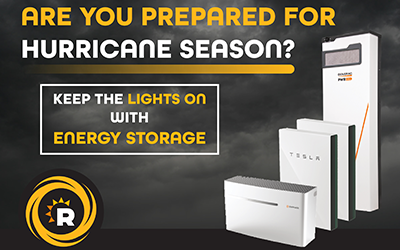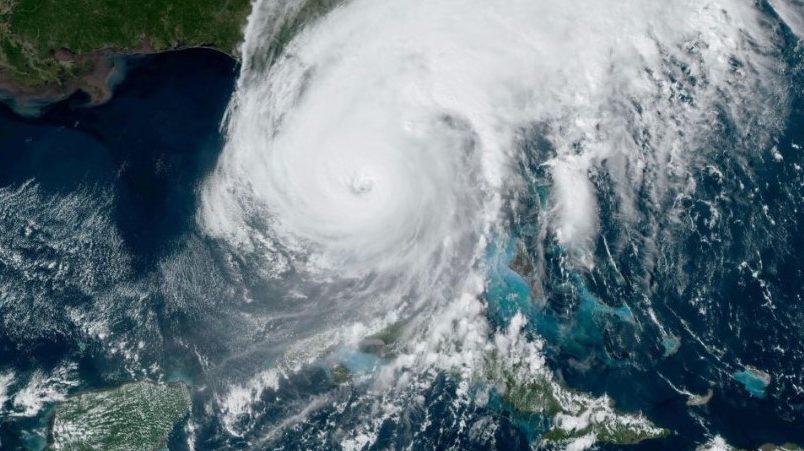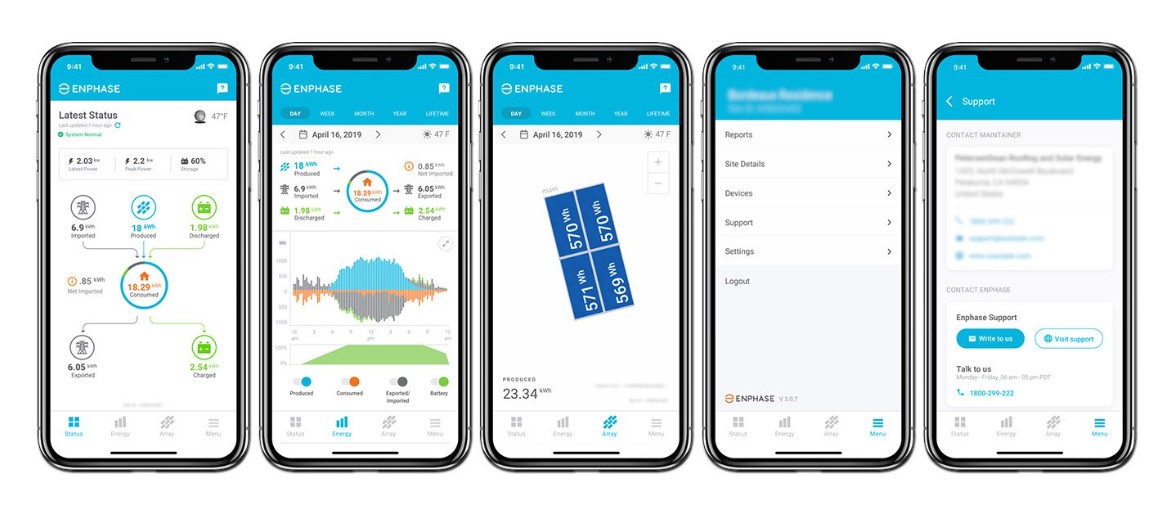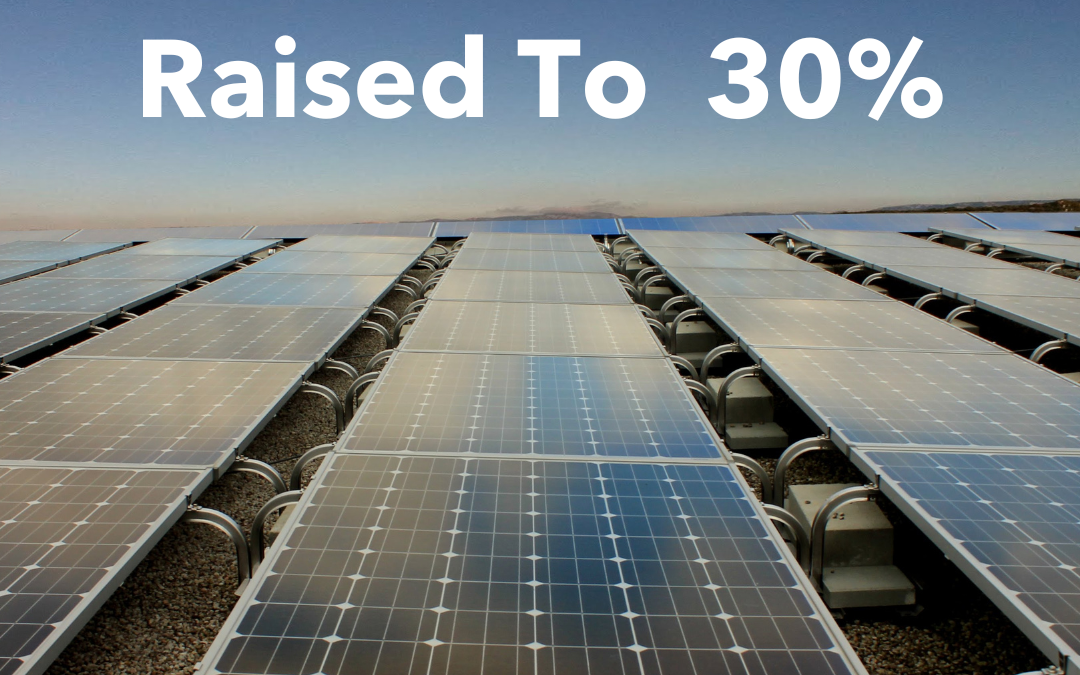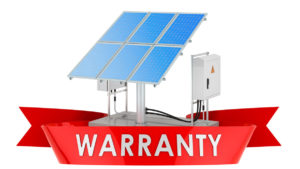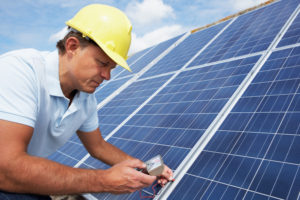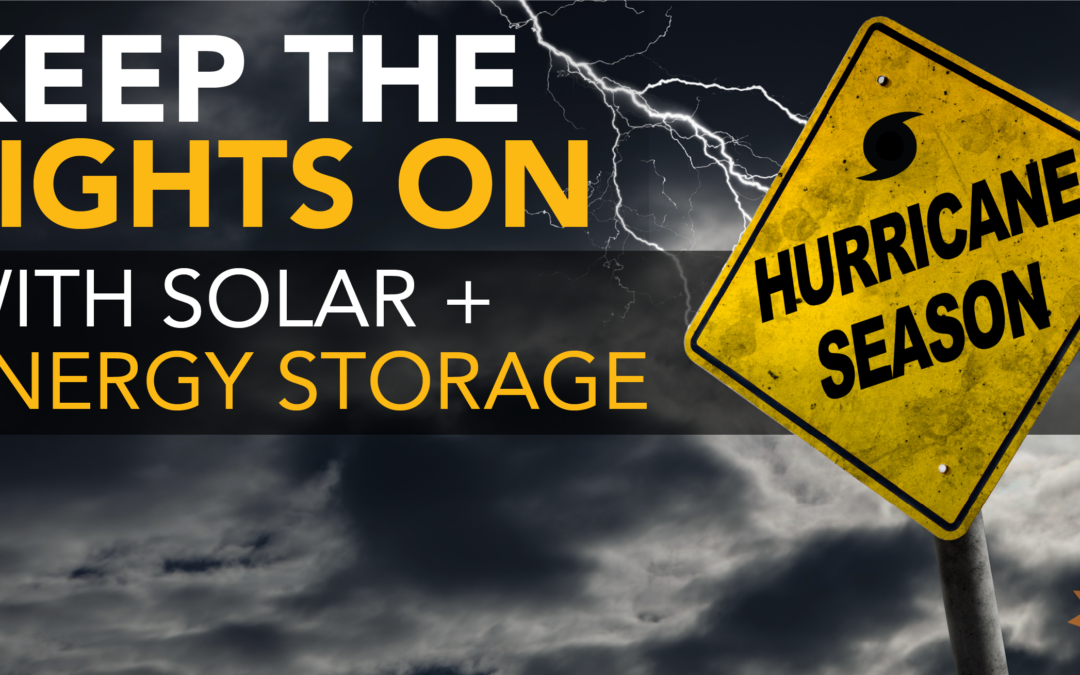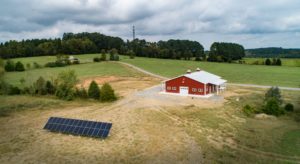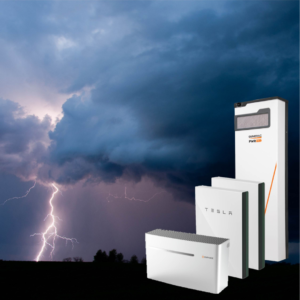
Duke Energy Progress Requests Three Year, 16% Rate Hike In North Carolina
Duke Energy Progress requests North Carolina regulators for a three year, 16% rate hike for eastern North Carolina and Asheville. This increase would be the first multi-year rate increase from the utility company, resulting in $615 million in additional revenue. Introducing multi-year rates like this three-year rate proposal has been permitted under North Carolina’s energy reform law in 2021. According to Duke Energy Progress, the additional funds would help with preparing for more renewable energy, strengthening the grid, and improving energy reliability.
Each following year, these rates would rise from 8.5% in October 2023, 3.9% in October 2024, then 3.6% in October 2025. An average homeowner that uses 1,000-kilowatt hours a month would expect to have a monthly bill of $141.15 in 2025.
This increase would be an addition to a 9.8% increase request that would start on December 1st. Duke energy progress requested this increase because of the increase in natural gas prices.
Increases from this rate hike do not include the increases that have been proposed under Duke’s carbon plan. The North Carolina Utilities Commission must utilize a carbon plan by the end of 2022, and this plan might need rate increases of 27% over 10 years.
Along with eastern North Carolina and Asheville, Duke Energy Carolinas in Charlotte, Durham, Winston-Salem, and Greensboro may also seek a three-year rate hike in 2023.

